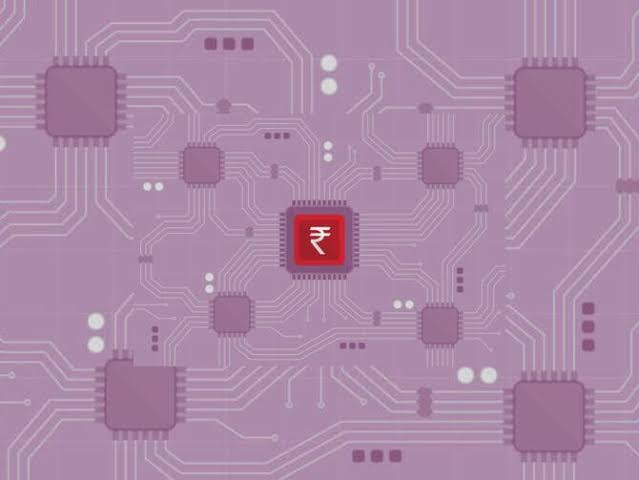First UPI integration for the Indian retail CBDC, which has experienced a range of initiatives since its test debut in December, is found in the Yes Bank app.
Yes Bank declared on August 30 that the digital rupee, the Reserve Bank of India’s (RBI) central bank’s digital currency, will have improved usage. This was made possible by Yes Bank’s integration of the RBI digital rupee app and the Unified Payments Interface (UPI). Now, holders of Yes Bank accounts can transact using the digital rupee by scanning UPI QR codes.
The nationwide Payments Corporation of India (NPCI), a branch of the RBI, manages the UPI, a nationwide payment portal. The UPI and the digital rupee both rely on the NPCI’s infrastructure. According to local press sources, 150 million merchants in India use the UPI.
The UPI and central bank digital currency (CBDC) have now been integrated for the first time thanks to the Yes Bank app. In a statement, Yes Bank executive Ajay Rajan said:
“YES BANK customers will benefit from smooth, effective, and expanded transactional capabilities as a result of the switch to an interoperable CBDC platform. This transformative enabler will enable an exponential surge in CBDC adoption, propelled by the increased accessibility and convenience.
One of the first eight banks to take part in the retail digital rupee pilot programme, which began in December, was Yes Bank. The scheme included 5,000 participating shops, 50,000 CBDC customers, and by February had processed 800,000 transactions totaling $134 million. In November, a different wholesale digital rupee trial programme was introduced.
Through a programme using QR codes that started in February in collaboration with ICICI Bank, Kotak Mahindra Bank, and Innoviti Technologies, the digital rupee is already accepted at some of the stores in the country’s massive Reliance Retail network.

